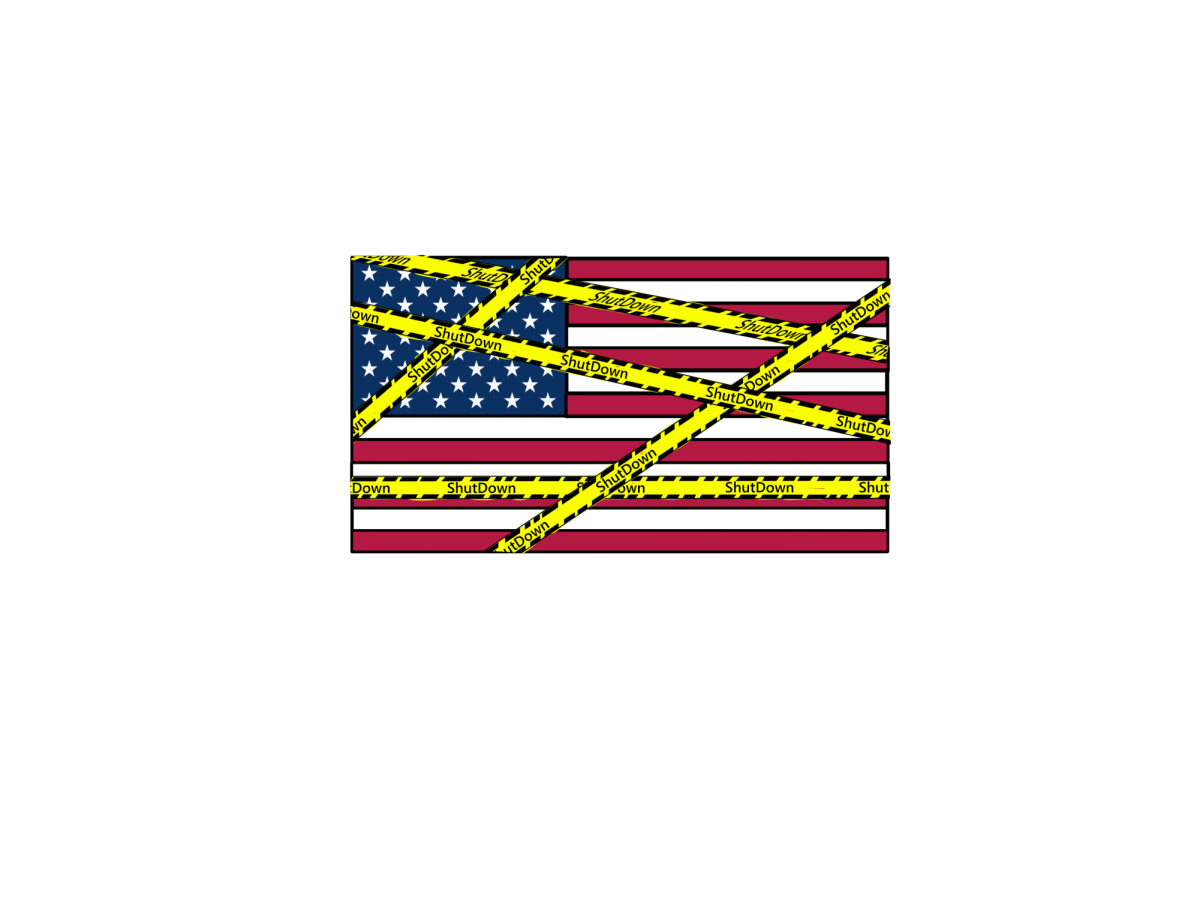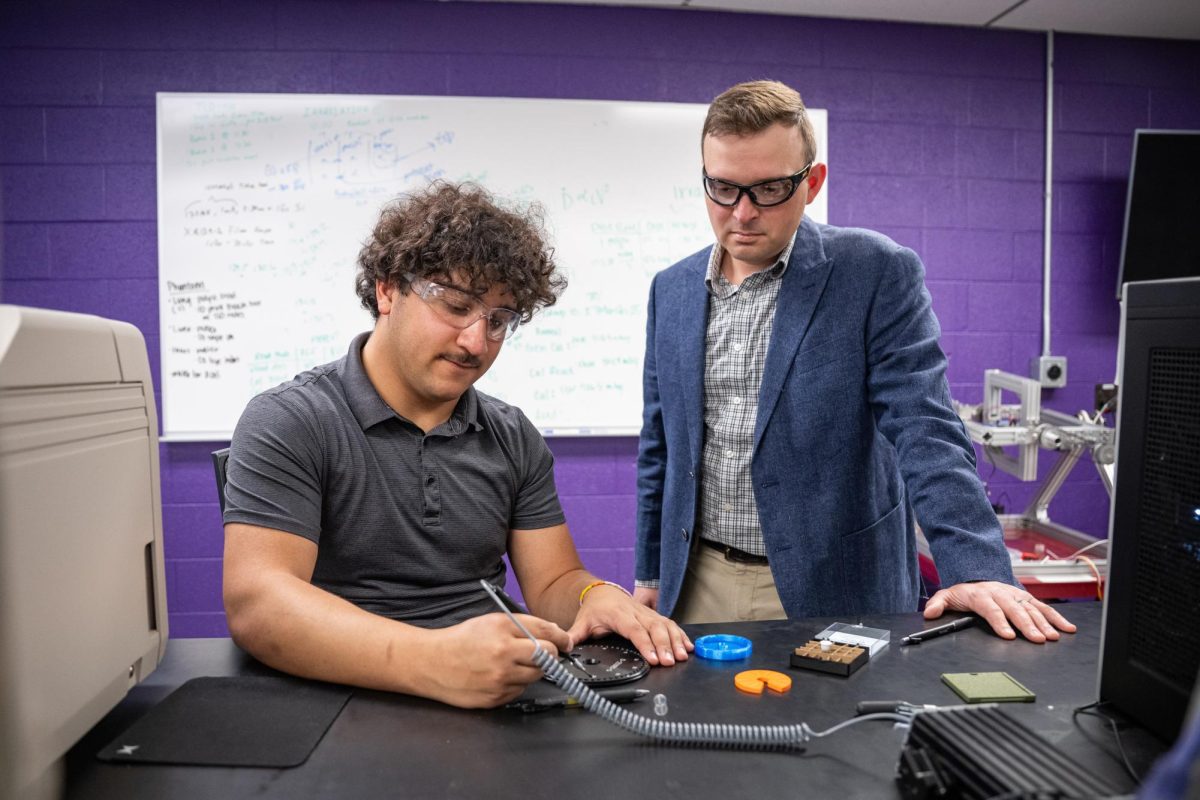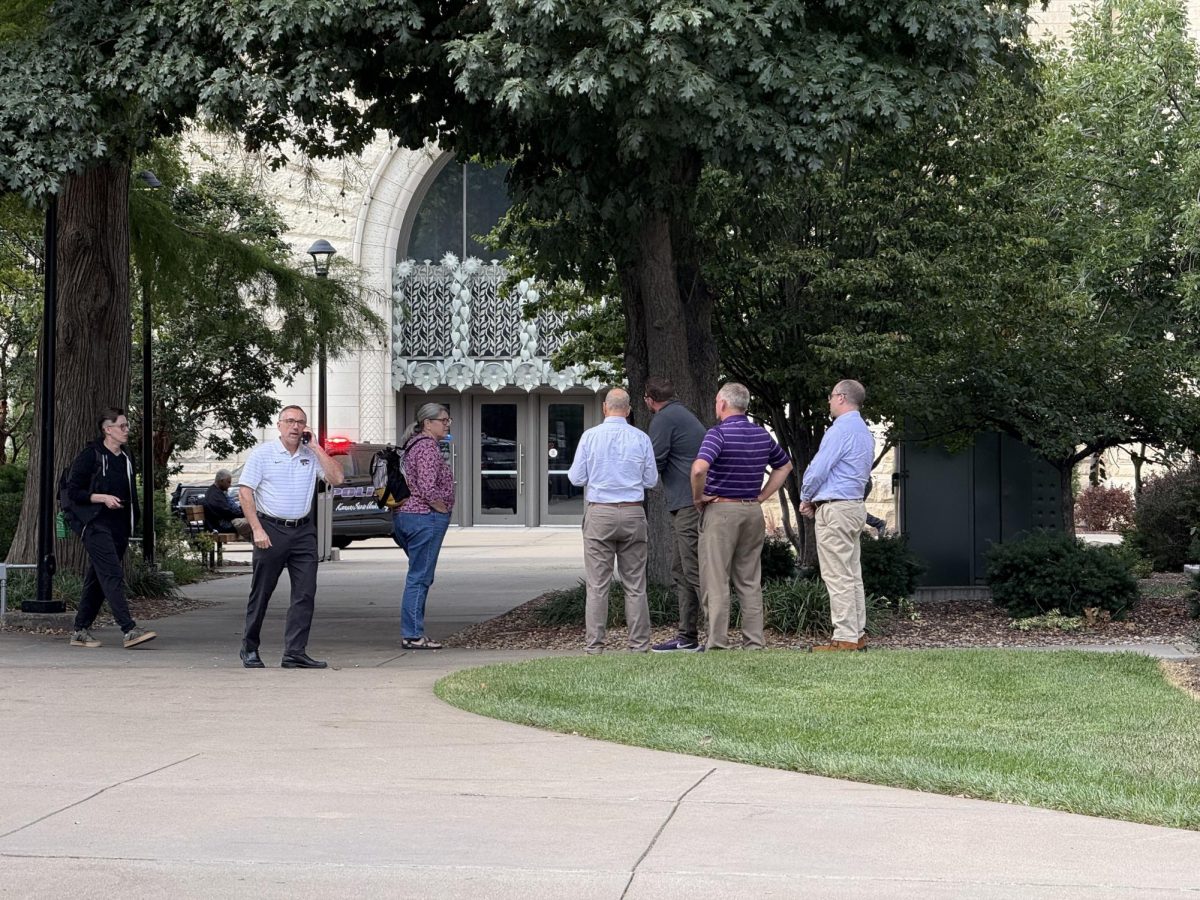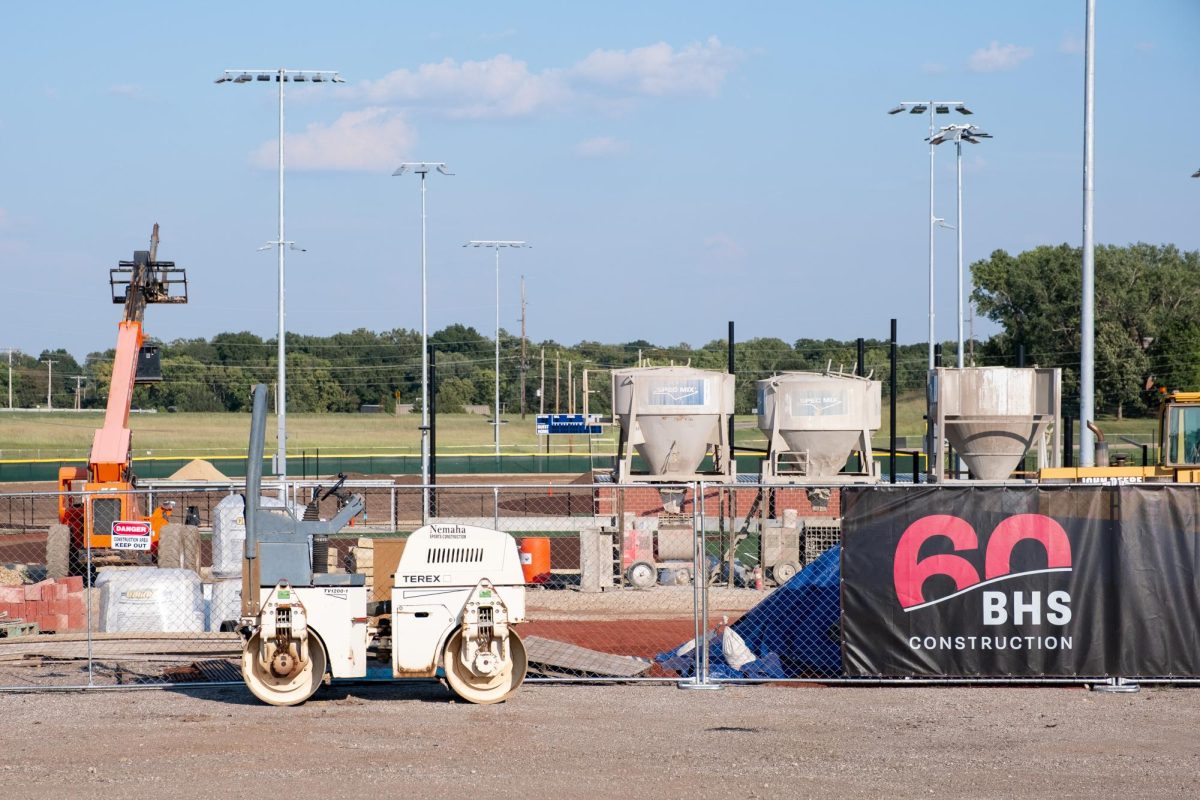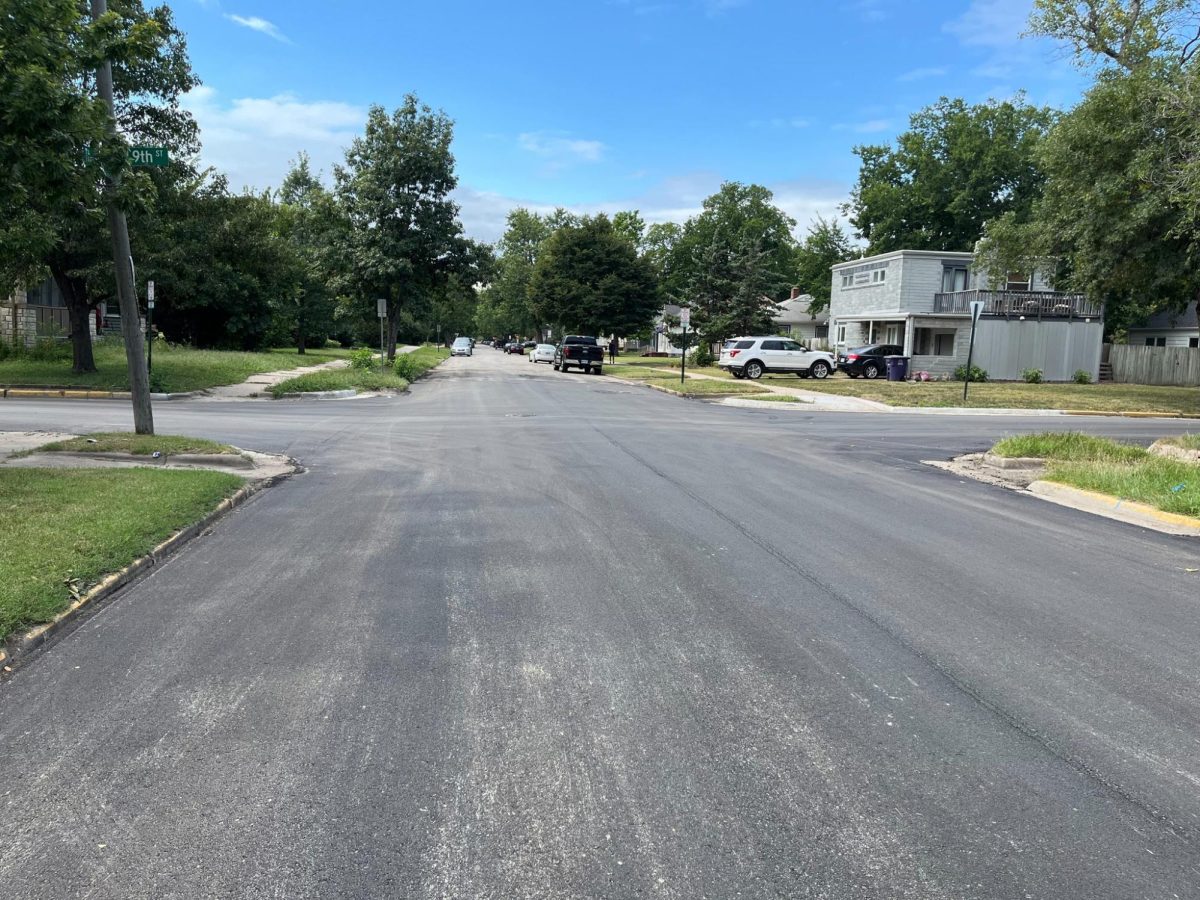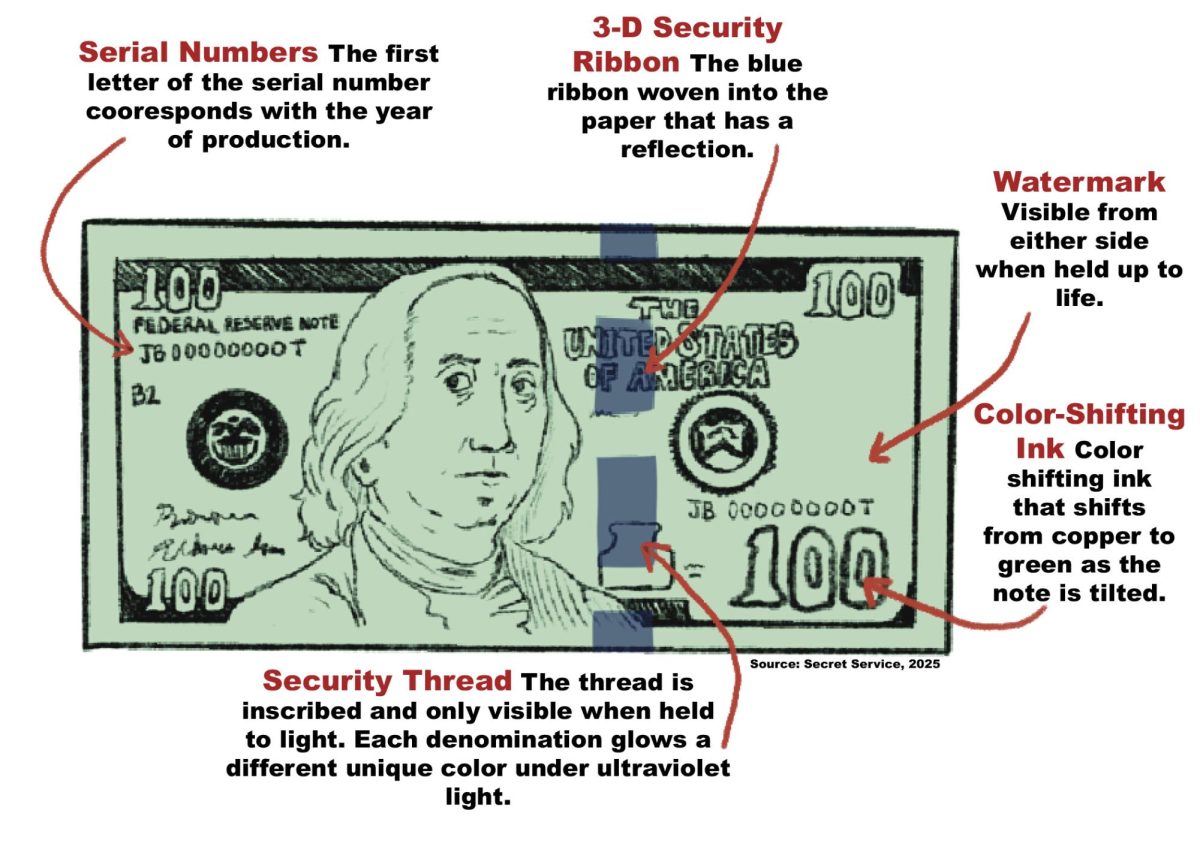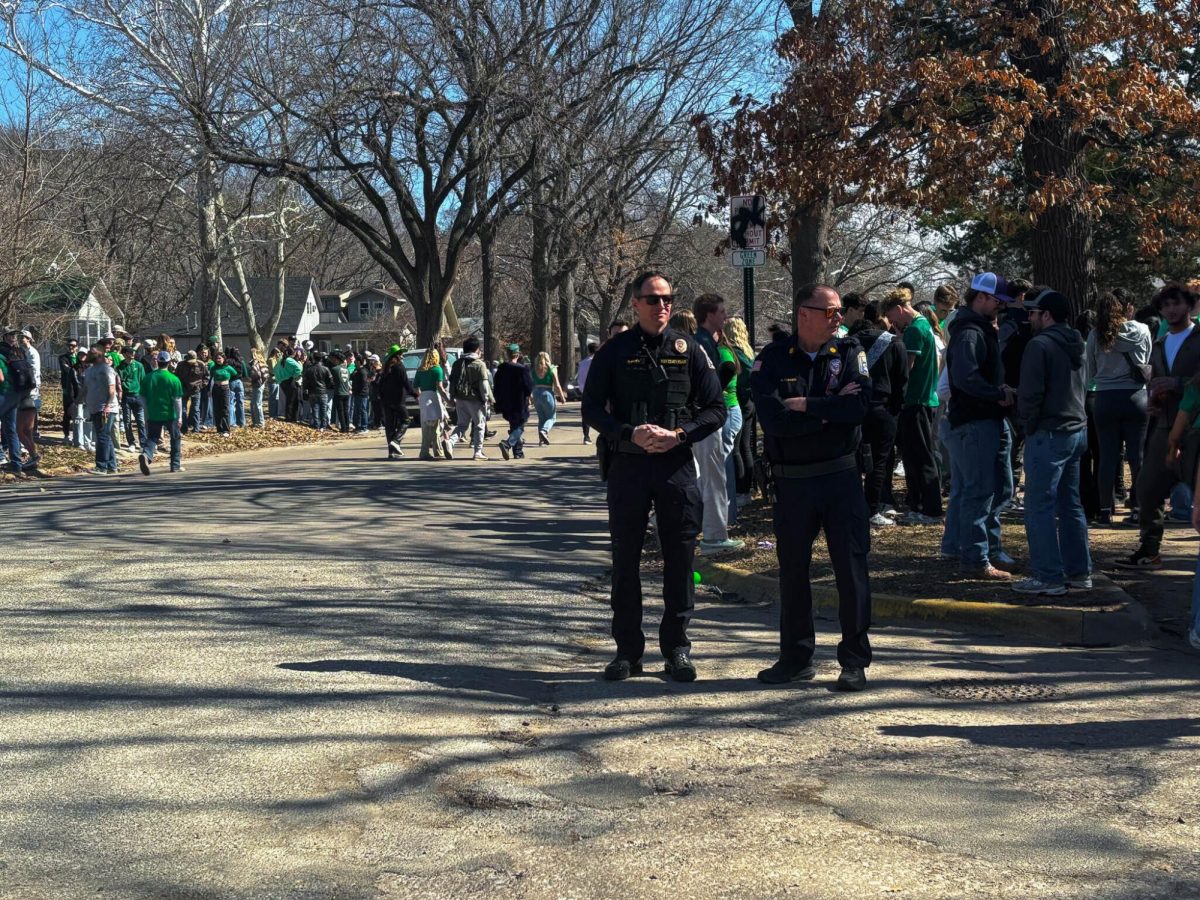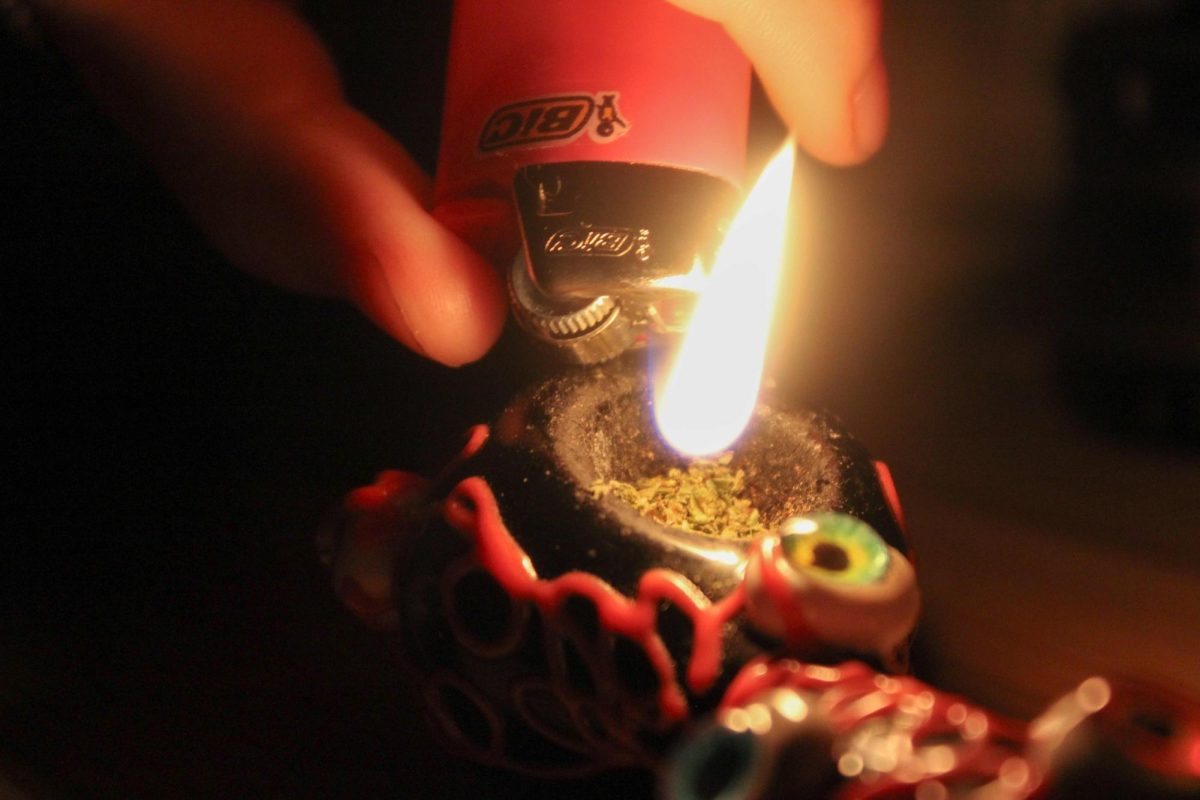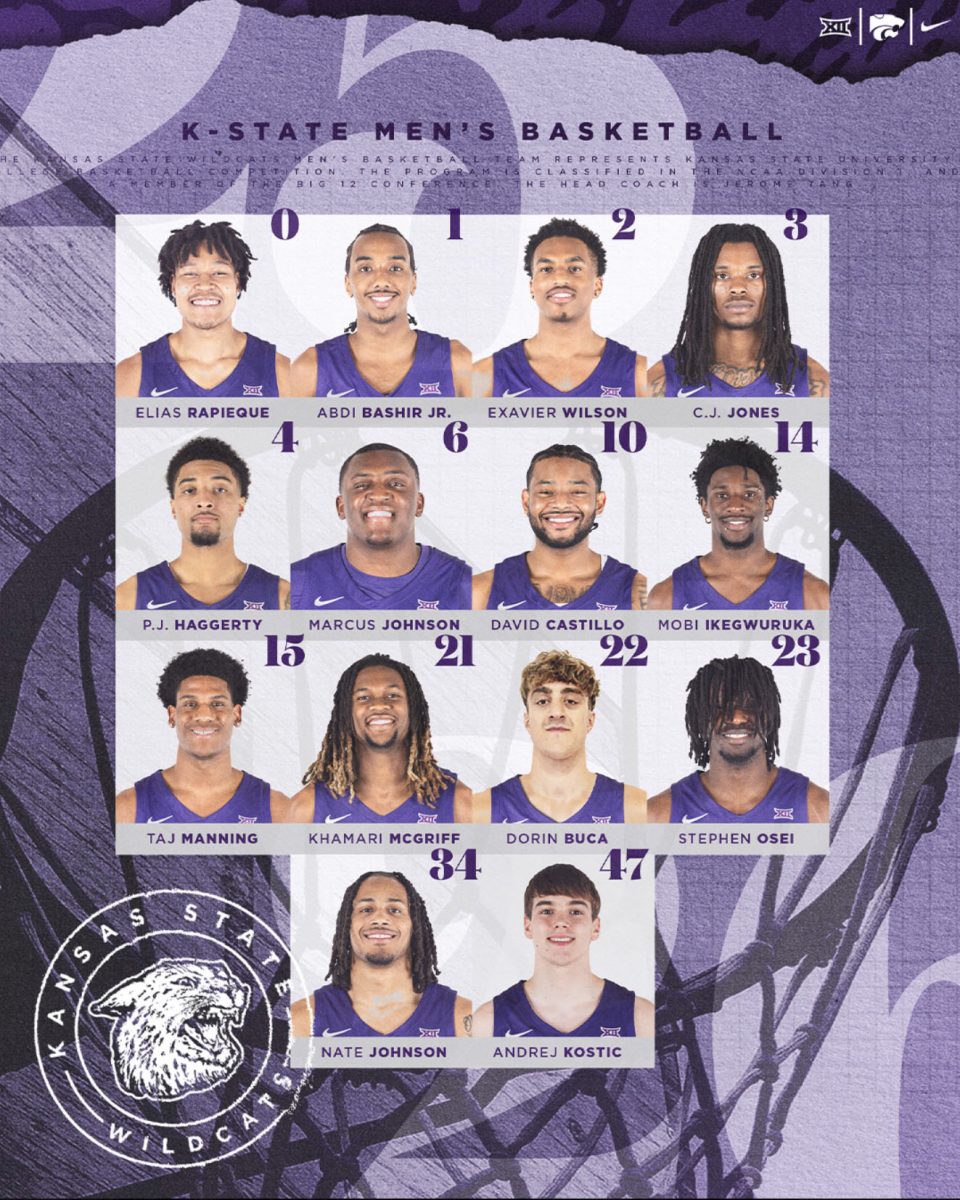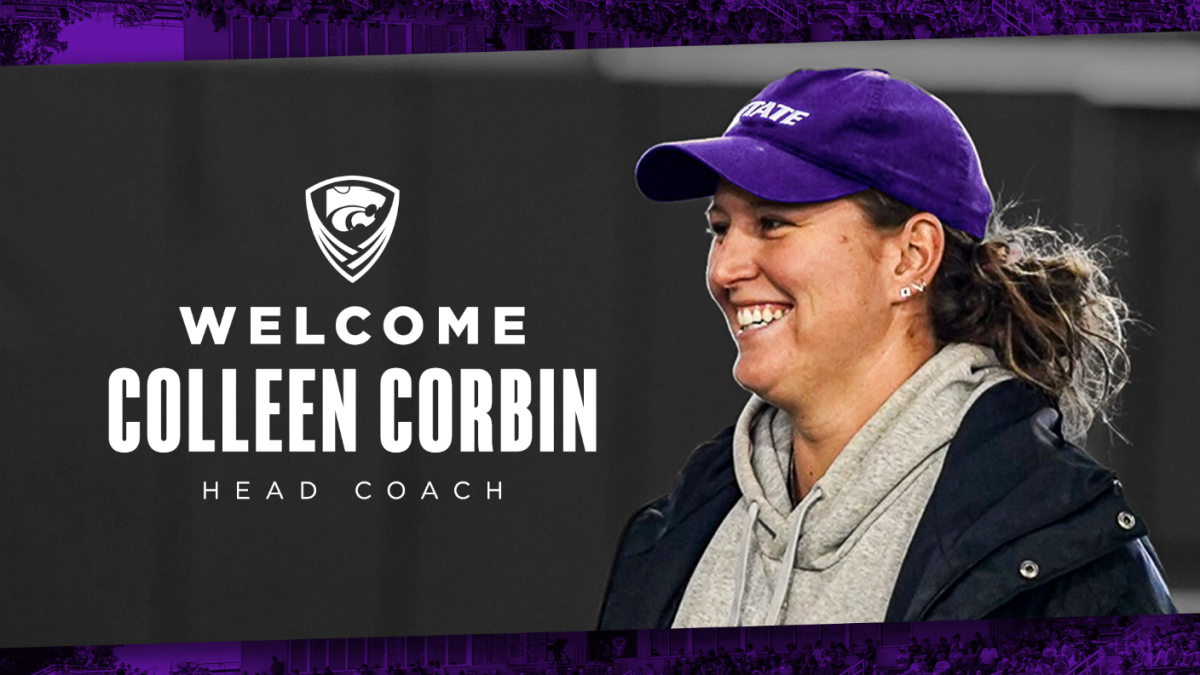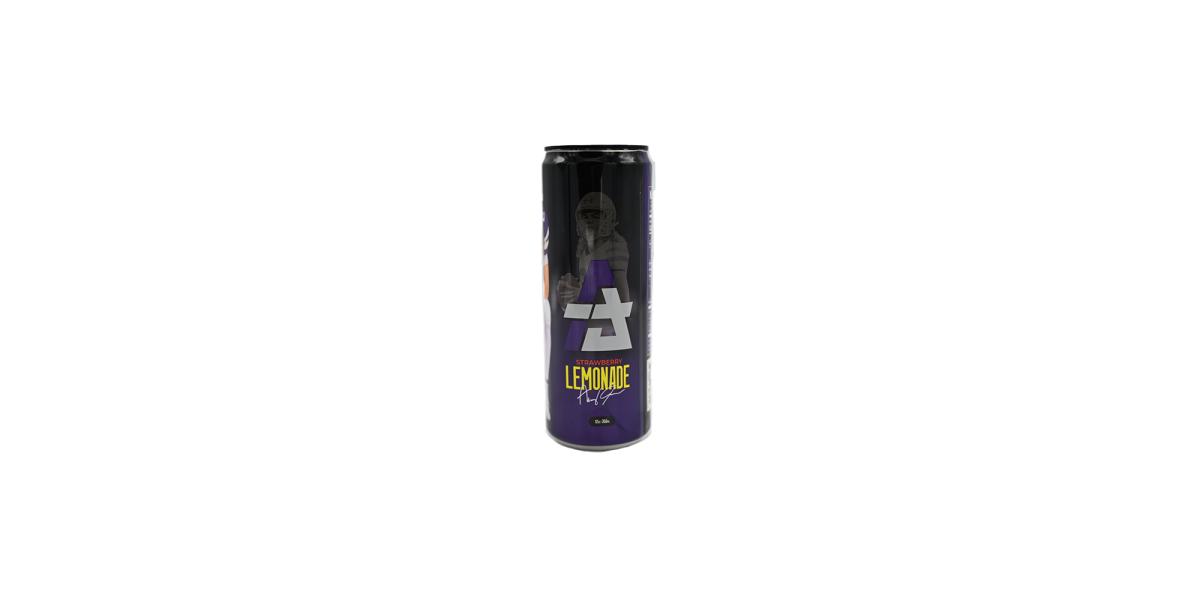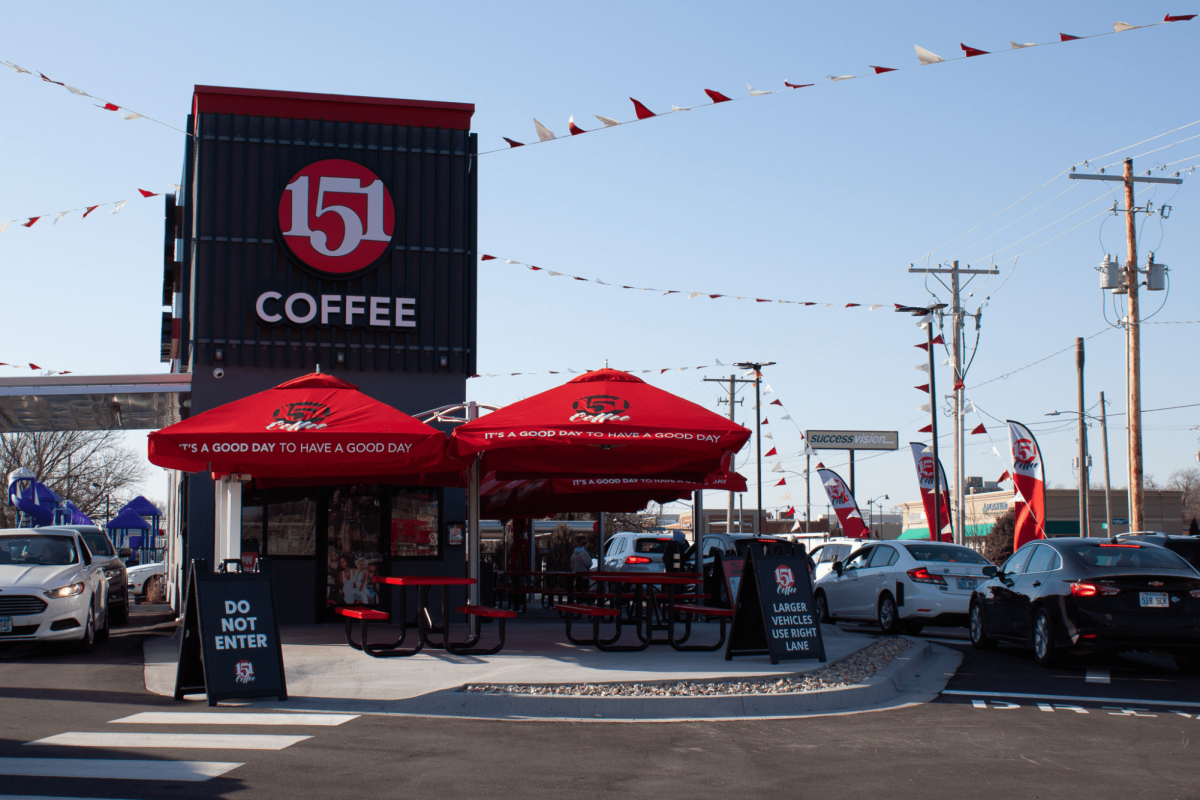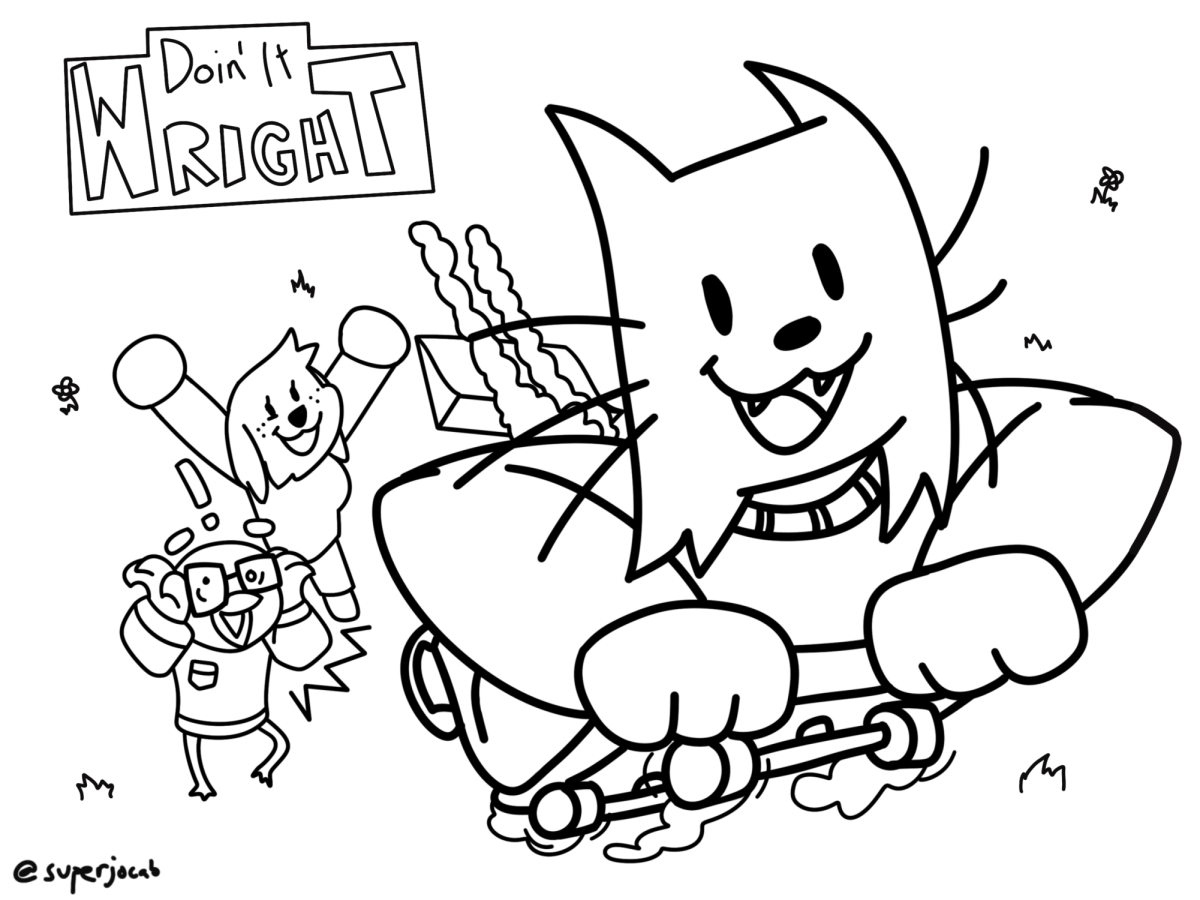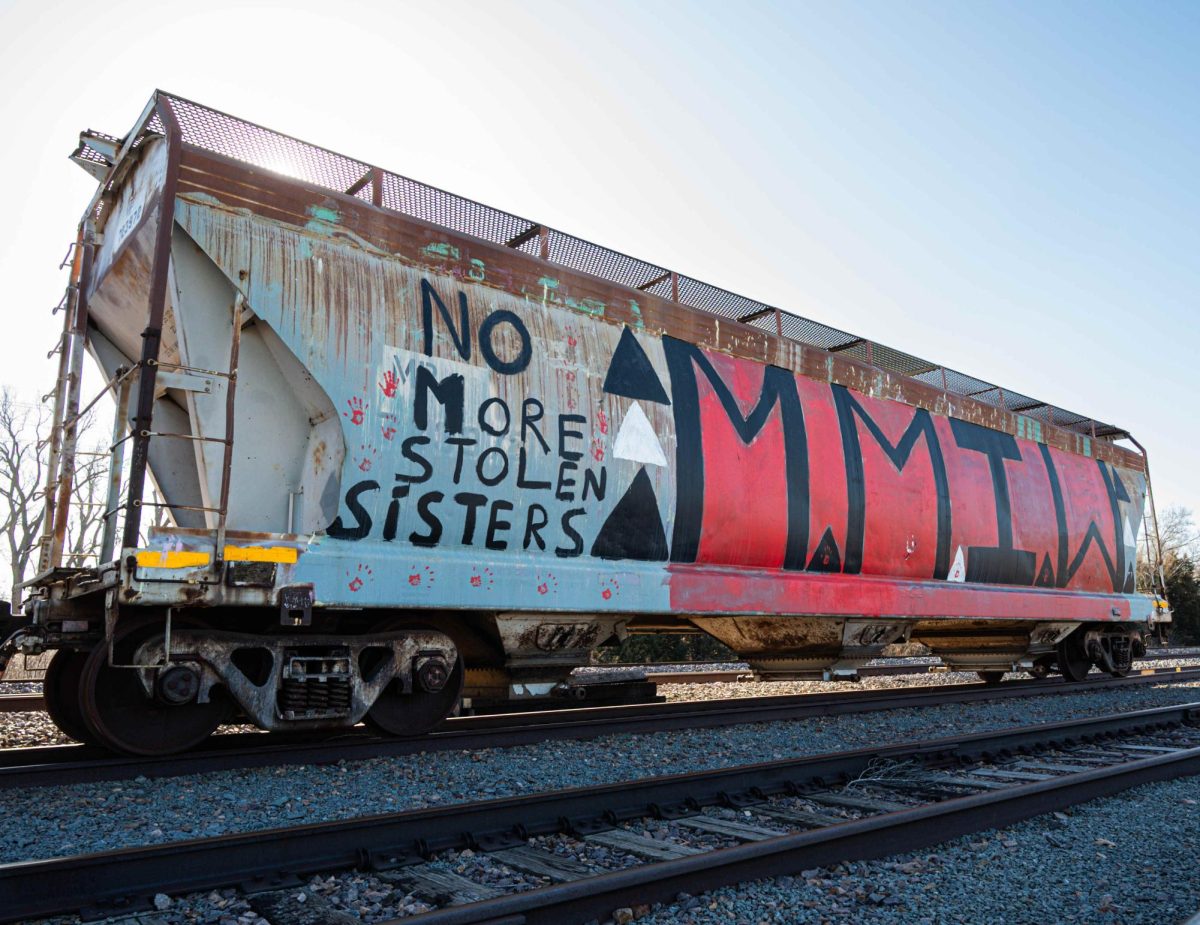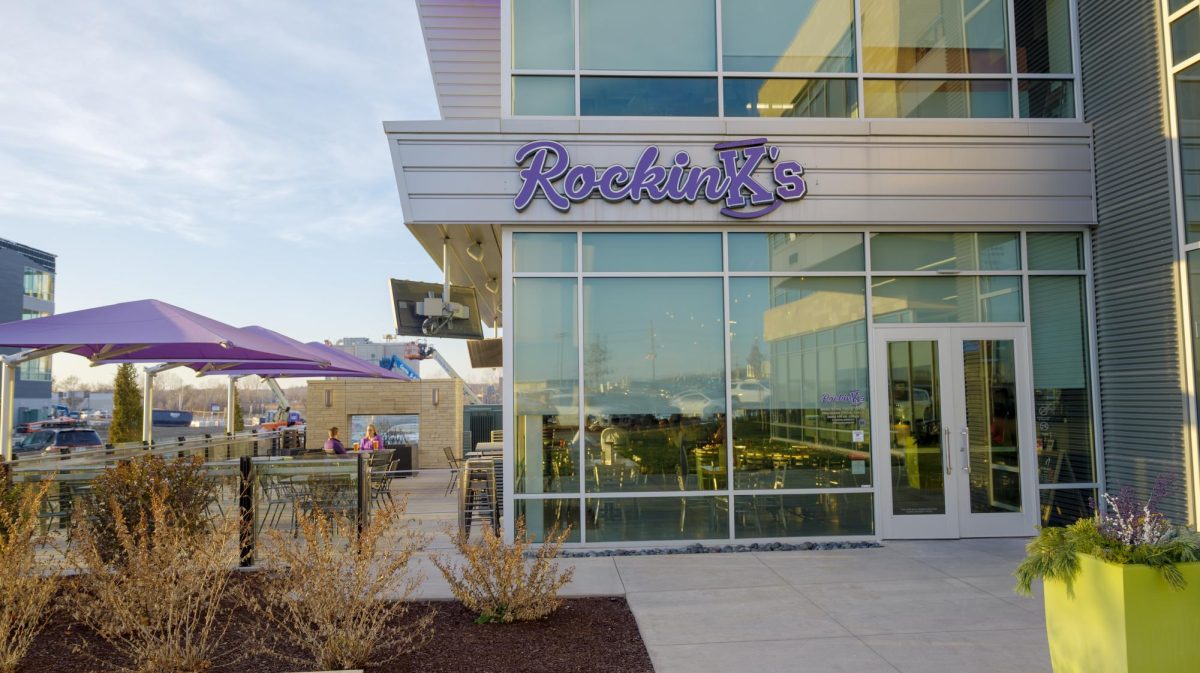The HVAC industry has undergone a significant transformation over the past few years. Environmental regulations have pushed manufacturers toward more eco-friendly refrigerants, many of which happen to be flammable. This shift means that technicians who once worked exclusively with non-flammable refrigerants now need specialized training to handle these new systems safely.
If you’re a business owner or training manager in the HVAC industry, you’re probably wondering how to prepare your team for this change. The good news? With proper training and the right approach, your technicians can confidently work with flammable refrigerant charging systems while maintaining the highest safety standards. The challenge lies in ensuring everyone understands the new protocols, equipment, and safety measures required.
This transition isn’t just about compliance—it’s about protecting your team and your business while staying competitive in an evolving market.
Understanding the Shift to Flammable Refrigerants
The move toward flammable refrigerants stems from environmental necessity. Traditional refrigerants like R-22 and R-410A have high global warming potential (GWP), prompting regulations that favor alternatives with lower environmental impact. Refrigerants like R-32, R-290 (propane), and R-454B have become increasingly common, but they bring new safety considerations.
These refrigerants are classified as A2L (lower flammability) or A3 (higher flammability) under ASHRAE standards. While they’re more environmentally friendly, they require different handling procedures, specialized equipment, and enhanced safety protocols. Your technicians need to understand these classifications and what they mean for day-to-day operations.
The learning curve isn’t insurmountable, but it does require dedicated training time and a commitment to safety protocols that may feel more stringent than what your team is accustomed to.
Essential Training Components for Your Team
Safety Protocols and Risk Assessment
Safety forms the foundation of any training program for flammable refrigerant charging systems. Your technicians need to understand how to identify potential ignition sources, maintain proper ventilation, and recognize emergency situations. This includes training on leak detection procedures, proper ventilation requirements, and understanding flammability limits.
Risk assessment becomes more critical when working with flammable refrigerants. Technicians must learn to evaluate work environments for potential hazards, including electrical equipment, hot surfaces, and confined spaces. They should also understand how environmental factors like humidity and temperature can affect refrigerant behavior.
Equipment and Tool Requirements
Working with flammable refrigerants requires specialized equipment. Your team needs training on:
- Explosion-proof recovery equipment
- Leak detection tools specifically designed for flammable refrigerants
- Proper manifold gauges and hoses rated for these systems
- Nitrogen charging equipment for system purging
- Digital scales for accurate refrigerant measurements
Companies like Airserco offer equipment specifically designed for these applications, and your training program should include hands-on experience with the actual tools your technicians will use in the field.
Charging Procedures and Best Practices
The charging process for flammable refrigerants differs significantly from traditional methods. Technicians must understand the importance of system evacuation, proper charging rates, and the critical nature of accurate refrigerant quantities. Overcharging or undercharging can create safety hazards beyond just system performance issues.
Your training should cover step-by-step charging procedures, including system preparation, evacuation protocols, and proper refrigerant handling techniques. Emphasis should be placed on the “measure twice, charge once” approach that’s essential when working with these systems.
Creating an Effective Training Program
Hands-On Learning Opportunities
Classroom instruction only goes so far. Your technicians need hands-on experience with flammable refrigerant charging systems in a controlled environment. Set up training stations where technicians can practice charging procedures, use leak detection equipment, and familiarize themselves with safety protocols without the pressure of a customer job site.
Consider partnering with equipment manufacturers or training organizations that offer specialized courses. Many provide mobile training units that can come to your facility, making it easier to train multiple technicians simultaneously.
Certification and Ongoing Education
EPA Section 608 certification requirements have been updated to include flammable refrigerant handling. Ensure your technicians understand these requirements and maintain current certifications. However, don’t stop at minimum requirements. Additional manufacturer-specific training and industry certifications demonstrate your company’s commitment to excellence and safety.
Regular refresher training is crucial. Schedule quarterly safety meetings that include updates on new equipment, procedure changes, and lessons learned from field experiences. This keeps safety protocols fresh in technicians’ minds and provides opportunities to address questions or concerns.
Implementation Strategies That Work
Start with your most experienced technicians. They can become internal trainers and mentors for newer team members. This approach helps build confidence throughout your organization and creates a support network for ongoing learning.
Document everything. Create standard operating procedures (SOPs) that technicians can reference in the field. Include equipment checklists, safety protocols, and troubleshooting guides specific to flammable refrigerant systems. Make these resources easily accessible through mobile devices or printed cards that fit in tool bags.
Consider implementing a buddy system for the first few months after training. Pair experienced technicians with those new to flammable refrigerant systems. This provides additional safety oversight and helps build confidence in real-world situations.
Common Challenges and Solutions
Many technicians initially feel apprehensive about working with flammable refrigerants. Address these concerns directly during training. Explain that with proper procedures and equipment, these systems can be serviced safely. Share industry statistics showing that properly trained technicians have excellent safety records when working with these refrigerants.
Equipment costs can be a concern for business owners. While specialized equipment requires initial investment, consider the long-term benefits of being able to service newer, more efficient systems. Many customers specifically request technicians certified to work with these refrigerants.
Measuring Training Success
Establish clear metrics for evaluating your training program’s effectiveness. Track safety incidents, customer satisfaction scores, and technician confidence levels. Regular skills assessments can identify areas where additional training might be needed.
Customer feedback provides valuable insight into how well your technicians are applying their training. Positive feedback about professionalism and competence with newer systems indicates successful training implementation.
Building a Safety-First Culture
Training your team for flammable refrigerant charging systems represents more than just learning new procedures—it’s about building a culture that prioritizes safety while embracing industry evolution. The technicians you train today will become the experts who train tomorrow’s HVAC professionals.
Success in this new era requires commitment from both management and technicians. Invest in quality training, provide the right equipment, and maintain a focus on continuous improvement. Your team’s expertise with these systems will become a competitive advantage as more customers upgrade to environmentally friendly equipment.
The transition to flammable refrigerants isn’t going away. Companies that prepare their teams now will be better positioned to serve customers, maintain safety standards, and grow their business in an evolving industry. Start planning your training program today, and give your team the skills they need to succeed in the future of HVAC.


